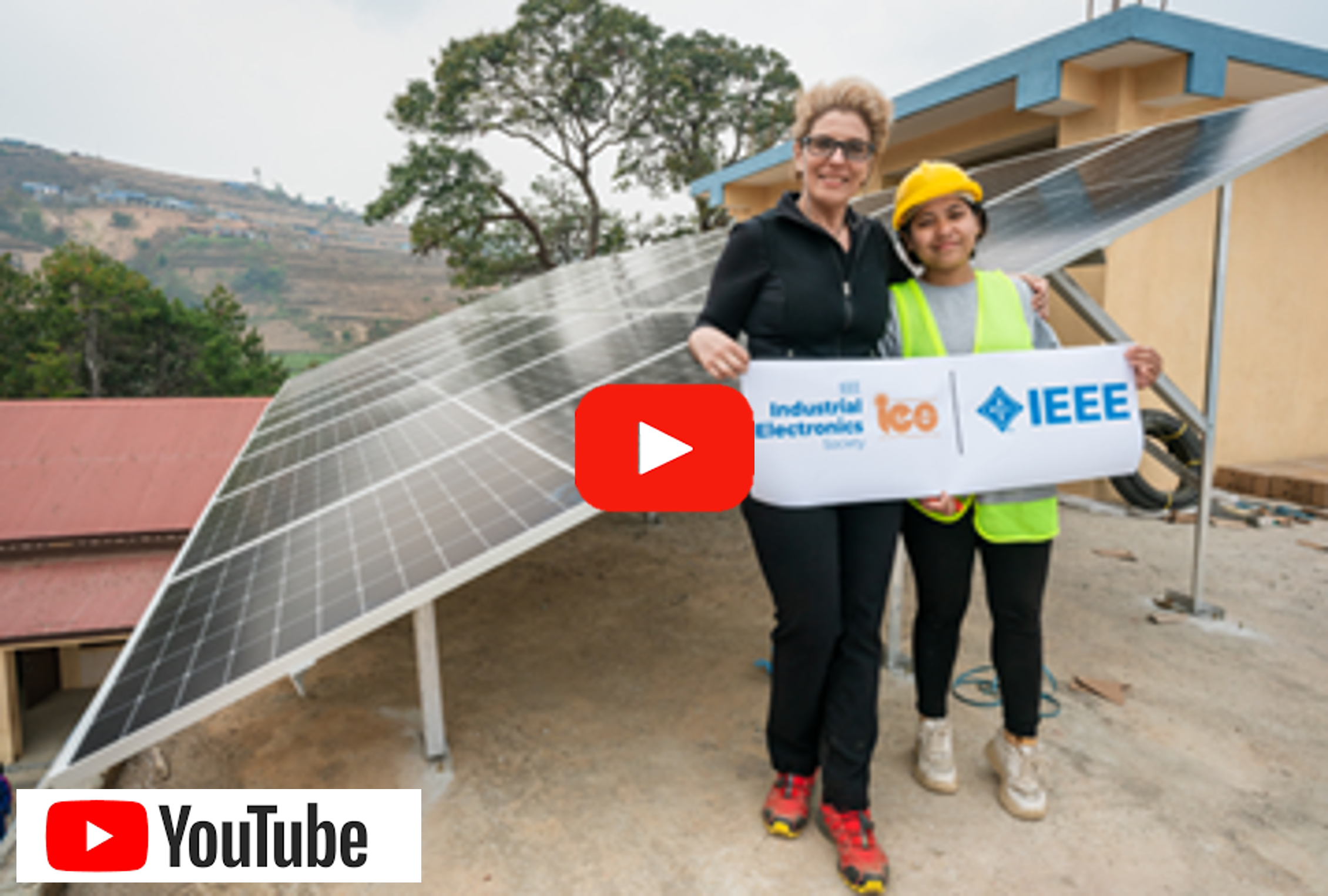IES supports a Promising Future with Resilient Power in Nepal
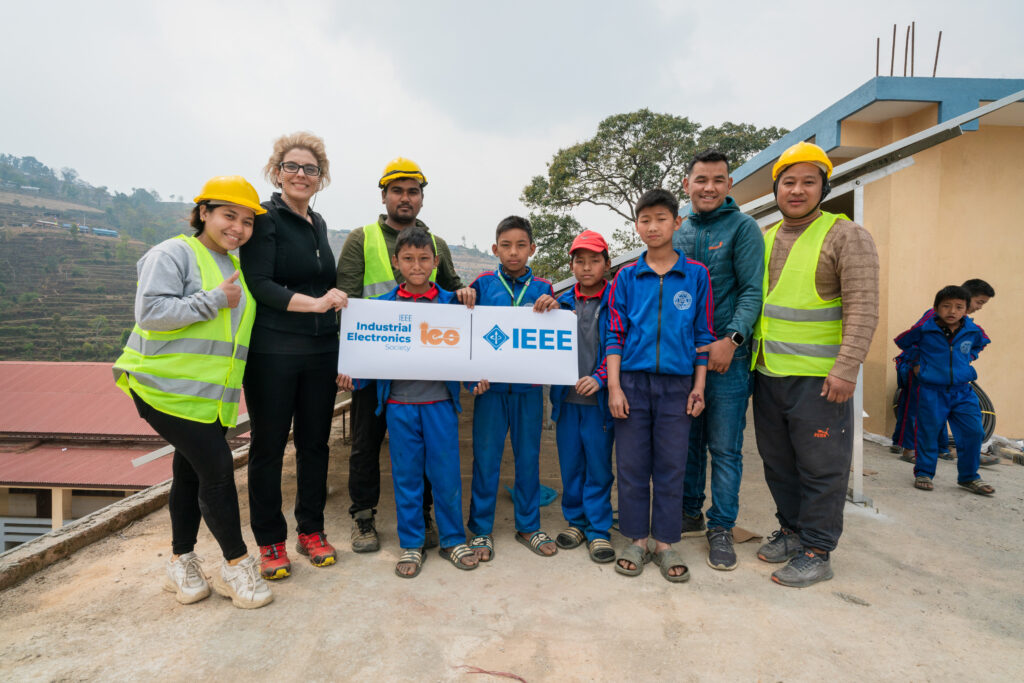
A Promising Future with Resilient Power – By Morgan Kiani
It was a short and productive spring break for Doctor Morgan Kiani, professor in engineering department, Texas Christian University, Fort Worth, TX USA. After 2 years of preparation, she traveled to Nepal with the IEEE Smart Village and IEEE IES Society’s financial support to help bring reliable electricity to a school, in a village far away from Katmandu or any other major city. Shree Batase Secondary School, established in 2047 BS (which is in Nepali calendar equivalent to April – May 1990 in Gregorian calendar), is located in Melmachi of Sindhupalchowk district of Nepal. In the current year, the school caters to 225 students in 11 classes. These students come from 50 nearby villages. The school has a total of 17 teachers.

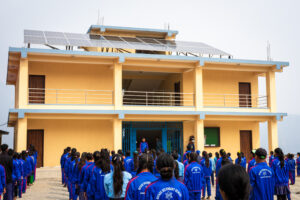
The journey started from Katmandu when she joined her team of engineers in Nepal (Fig.2).
Dr. Kiani asked Global Himalayan Expedition (GHE) with its Local Installation team to join forces in Nepal project. She met them through Power Africa conference in Kigali, Rwanda, August 2022. GHE, founded in 2013, is an India-based social impact organization that provides energy access to remote Himalayan villages. GHE’s work has been recognized in many different areas and agencies like the World Economic Forum and United Nation Framework Convention on Climate Change (UNFCCC) have worked with them.
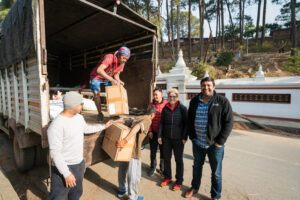
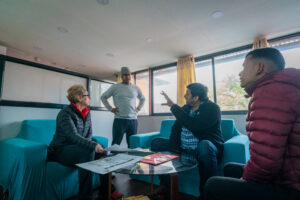
On this trip, Morgan, our IES representative, and her team installed an 11kW solar energy harvesting system with a battery storage backup system and a 200L of Solar Water Heater to provide the school with uninterruptible electricity and hot water that is used for cooking and bathing (Fig.3).


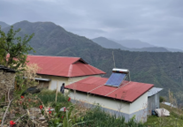
During installation, Morgan trained permanent staff, teachers and especially focused on women who would stay at the school dormitory. Training the school staff and teachers is required for continuous maintenance of the system (Fig.4).
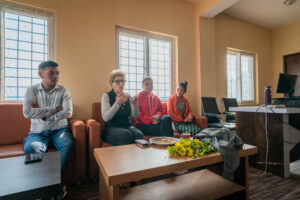
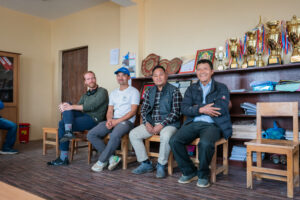
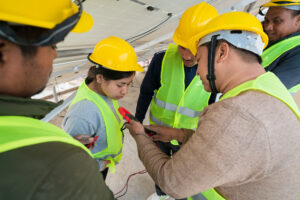
Fig 4 (a), (b) and (c). Educating the school staff and teachers for more sustainability of the project.
In addition to training of local school staff, for more sustainability of the project, the system can be remotely monitored as well. To view real time data of generation and consumption of the system, the inverter has the capability of remote monitoring that can be viewed from any part of the world by clicking on the provided link via internet.
By providing access to reliable electricity, the students can augment their educational resources and are empowered by benefiting from IEEE pre-university STEM educational programs, IEEE e-Learning library, IEEE continuing education and other online educational resources for students or teachers (Fig.5). These changes also have an impact on the community as a whole, because everyone has access to electricity during after-school hours.
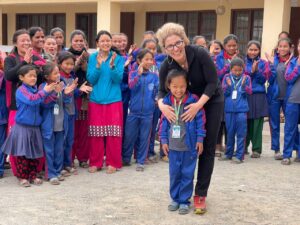
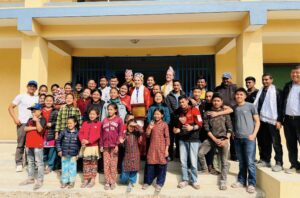
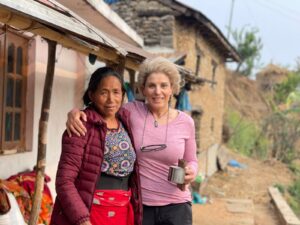
Fig 5 (a), (b) and (c). The Students and the Community are empowered by access to reliable electricity.
Dr. Kiani has been leading multiple projects on the development of microgrids in developing countries that have underprivileged communities with IES members’ help and through IEEE Smart Village community support. Obviously, she couldn’t have done it alone, and she is grateful for all positive feedback and continued support, especially from IES members. She intends to continue and to take action for the UN – Sustainable Development Goals through her work. It is clear that her research and her activities reach beyond publications and touches humanity.
Dr Kiani would like to thank the Industrial Electronics Society members for all of their support and invites all IES members to join her humanitarian activities to take an active role in reaching the UN-Global Goals.
Let’s work together for a Promising Future with Resilient Power!
For more info, watch the video (duration 5’19”) and witness the impact on the local community:


